About women representation in Art
October 1, 2018 2025-02-08 17:05About women representation in Art
An archaeologist from the future looking at our present time movies would have a very distorted picture of our reality: He would think for exemple that 90% percent of the population is white, that women are not able to take many decisions on their own, especially in times of crisis, that the majority of their romantic partners have to be 20 years older, and that they stop doing anything of interest except being a mother after 30 years old.
Of course they are more and more exceptions to those rules, and I am thankful for that, but it was and it is still to some degree the mainstream representation of our gender stereotypes in popular media.
Representation is important because it responds to the questions, needs and interest that are relevants to our current culture, it can also be a fantasy of power for the future.
It is interesting to get a closer look at the representation of the women and the female body in art other the ages because it informs us on women status in society, how they were seen and what they are valued for over the ages.
Fertility Goddess
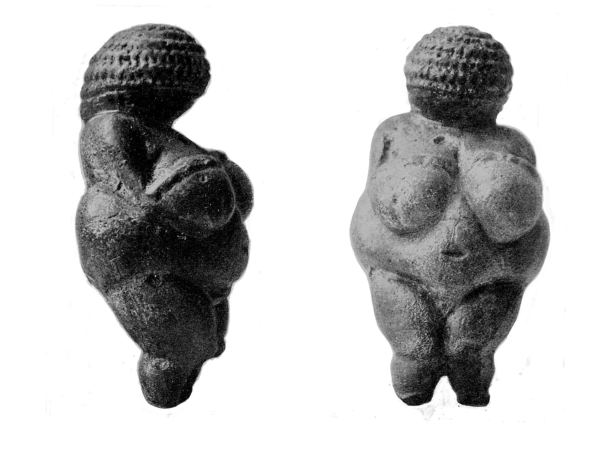
Very early art tended to represent women with lots of curves as a powerful symbol of fertility. The Venus of Willendorf is a famous example from the Paleolithic, one of many similar curvy little statues. There are many ways to look at this representation: Is the woman elevated to the statue of goddess as being a powerful and spiritual force of nature or is she basically just a womb, two big breasts without a face, feet and tiny arms, basically a baby making factory? Another theory is that this is a self portrait made by a pregnant woman artist, who could not see her feet ( you can read more about this theory here). We probably will never know…
Saint or sinner
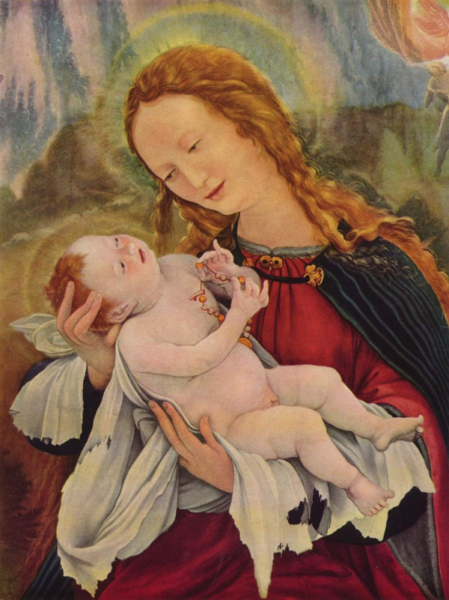
Starting from the middle age, women often tend to be represented in a very polarized way as either good or bad, saint or sinner, idealized or erotic, respectable or fallen.
Before the XIX century, most art was religious, and Mary offered an idealized and impossible vision of the woman, the mother that is still a virgin. Another representation of the good woman later on would be women at home in the role of the mother, spending time with their family or tending to household chores. We can see that in the work of most impressionists female artists who painted either portraits or domestic genre scenes:
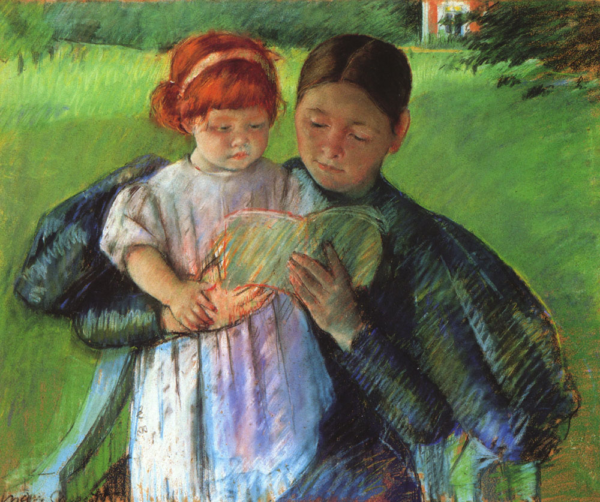
Then the bad woman in art are witches and courtesans, women who work in bars or cabarets, women who drink … They are countless examples of that in art, and in particular with impressionist and post impressionist artists.

The female nude in Art
The first depictions of the female nude in art are religious and often on the theme of Adam and Eve in the garden of Eden, in a lush vegetation. This was actually very challenging for artists until the renaissance as there was not yet an established tradition of working with nudes in atelier and learning the basics of human anatomy.

Then women have been represented outside of a religious context but until recent times, the majority of artists have been male, and the majority of life models have been female. So, the female nude has often been sexualized or objectified to some degree, as well as idealized. The female nudes tend to conform to the ideal of beauty of their time. There is way more diversity in the representation of men in terms of age and physical appearance than in the representation of women.
In the typical reclining nude, the women represented as a passive and very soft object of desire for the male gaze, just waiting there, like a book on a shelf.
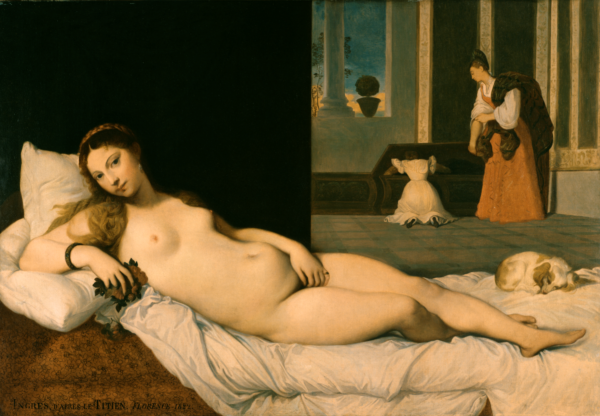
Even with some degree of abstraction, like in Modigliani famous reclining nudes, the female body is depicted as somewhat abstracted and unrealistic but still a passive object of spectacle for the male gaze.
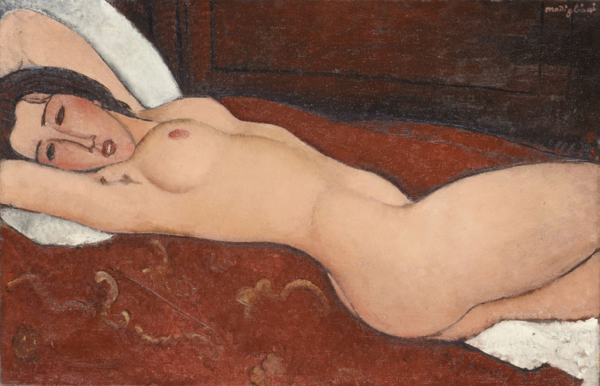
Then there is also quite an important number of nude painting depicting women tending to their toilet, almost as if the viewer was in fact a voyeur observing a private scene he was not supposed to see.
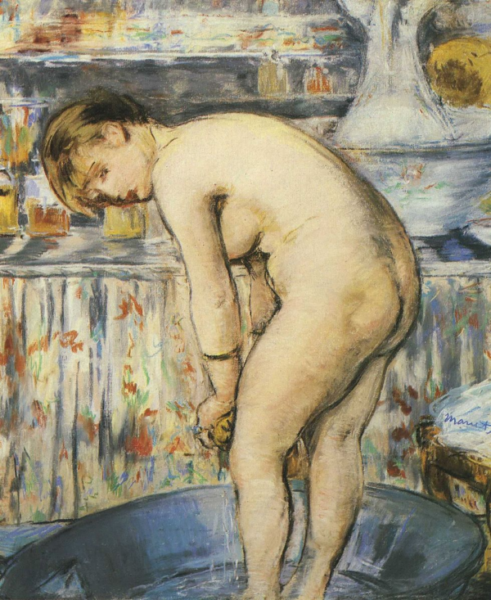
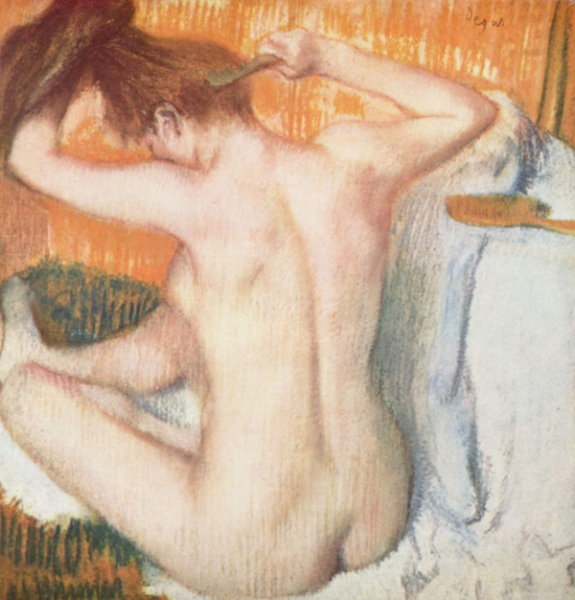
I also get this “voyeuristic” feel when looking at many of the famous ballerina paintings by Degas, who was also famous for his woman bathing paintings. (You can read more on that subject here:
” National Gallery, London
His work is often seen as safe and sexless. But this unsettling exhibition, which puts nude bathers alongside ballet dancers, shows the dark and daring side of Degas”
Degas from the Burrell review – the great voyeur)
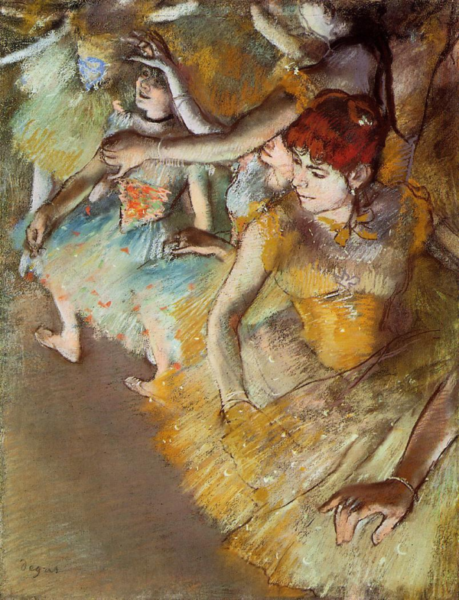
Present time
Women representation in art is evolving, many women artist are now making works for women and not only about ideal women. Unfortunately, there are also countless representation of objectified women conforming to a unique stereotype of what beauty is thought to be. But in the larger context of the discussion going on about being aware of diversity in the way we represent our society, I also think there is hope and we will start to see more and more représentation of women that are real and complex, women who are active, in charge of themselves and with an ideal of their own. It is interesting to have works or art that speaks about men perception of women, but we should also see art about women perception of themselves.


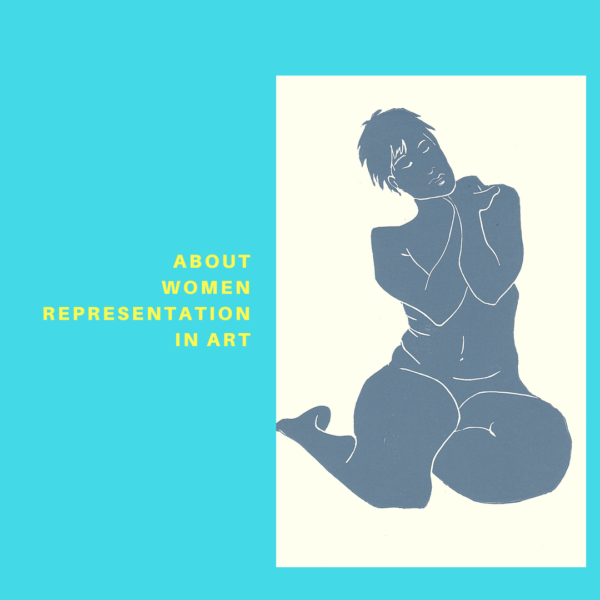
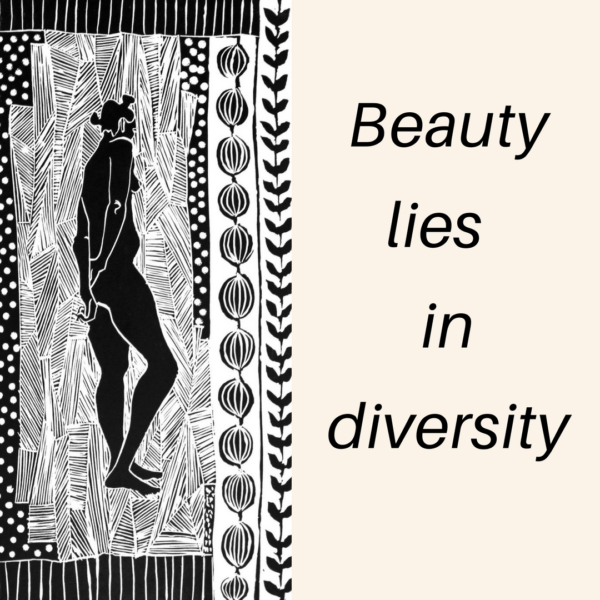
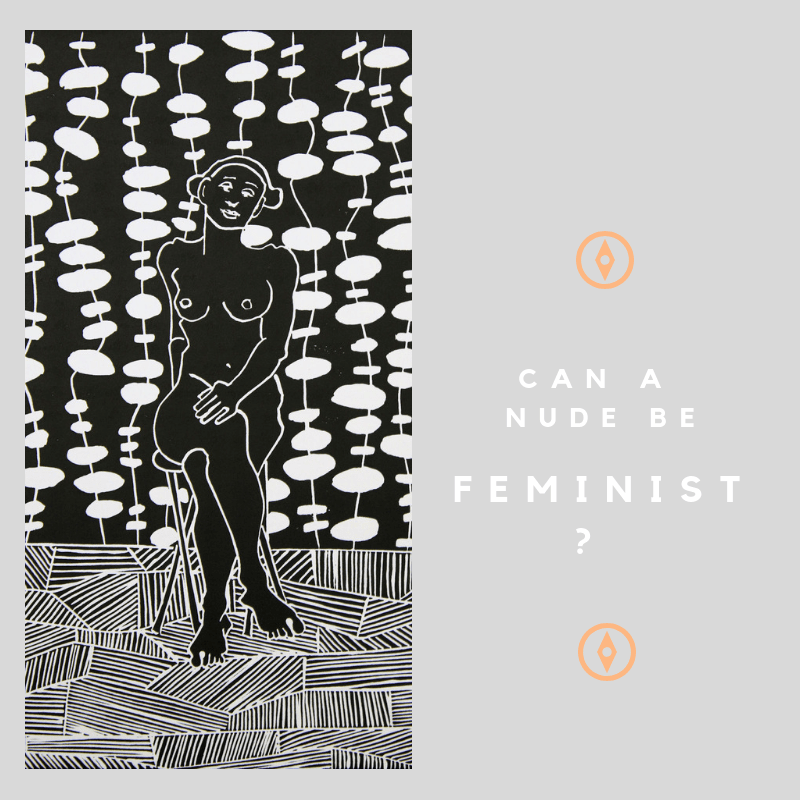
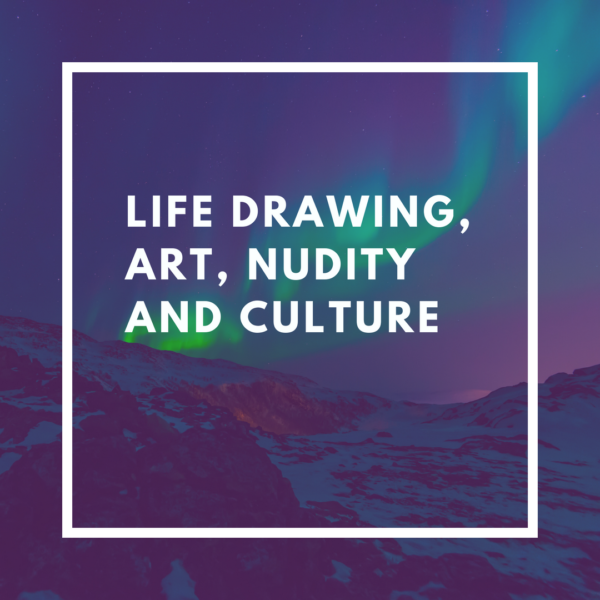
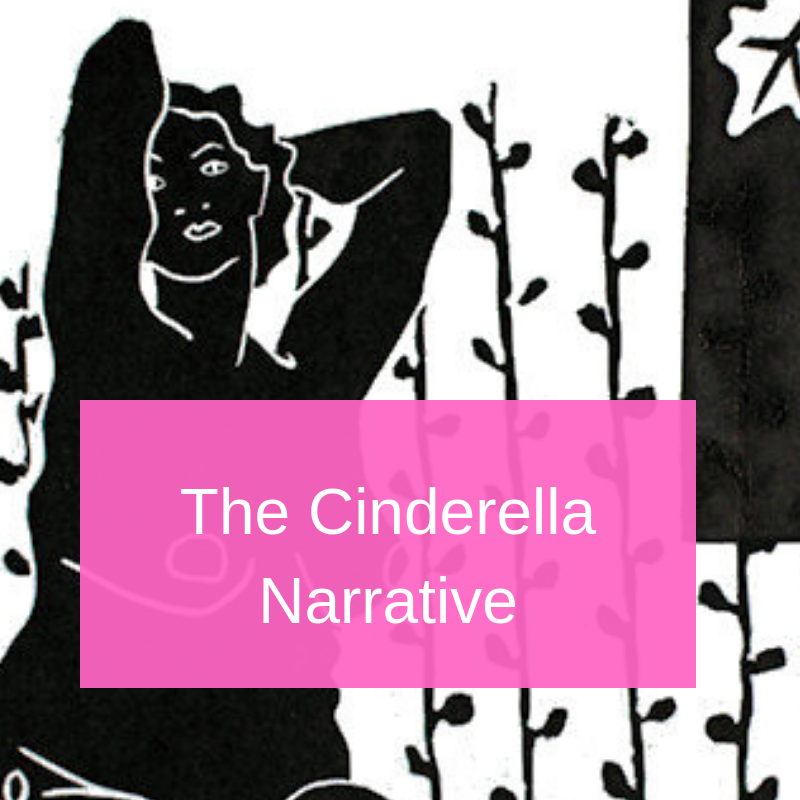



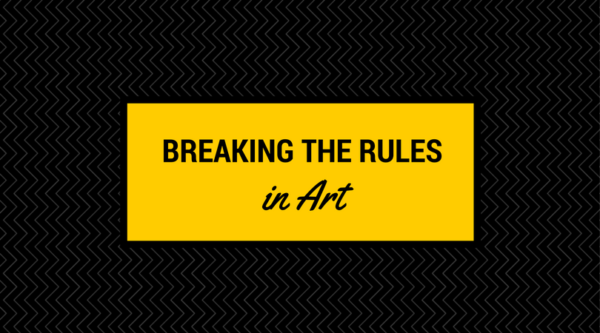
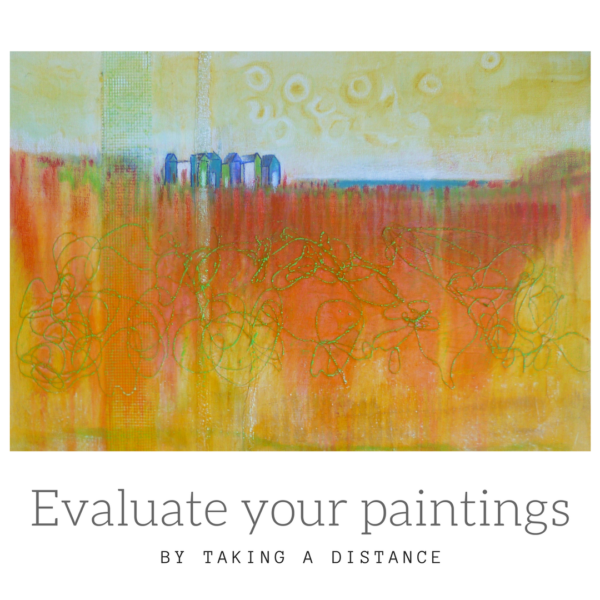
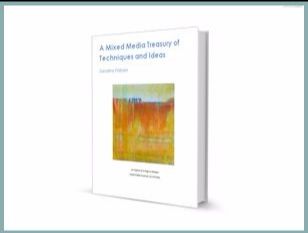

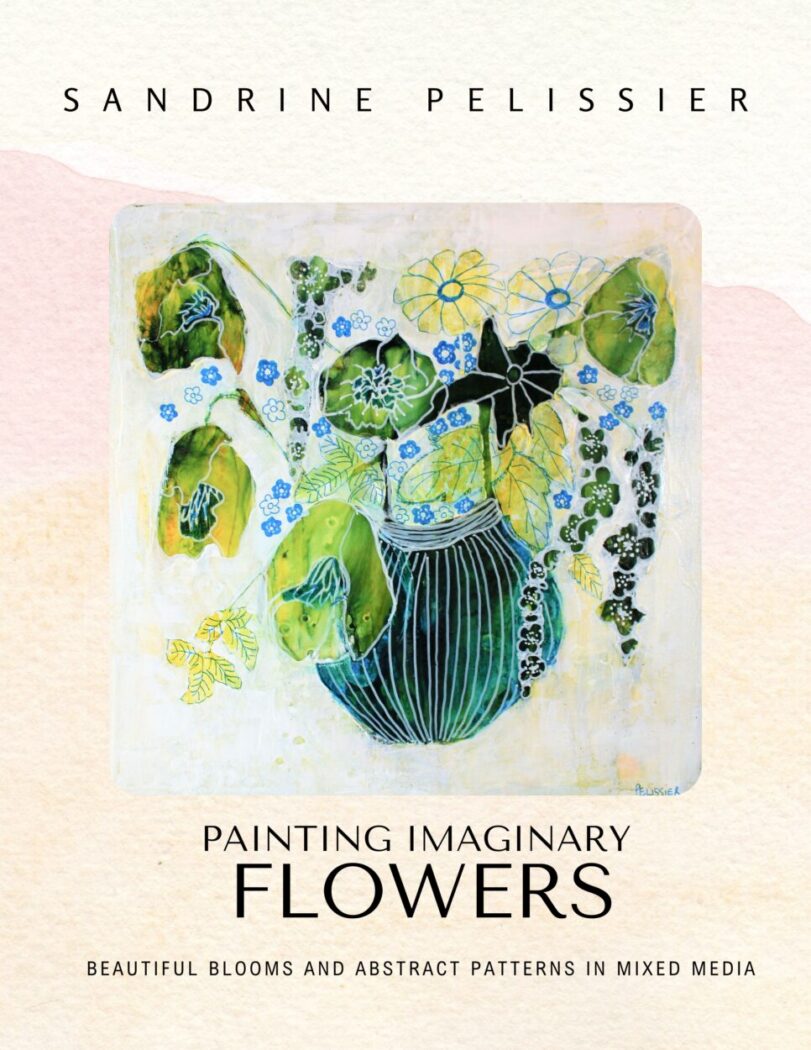
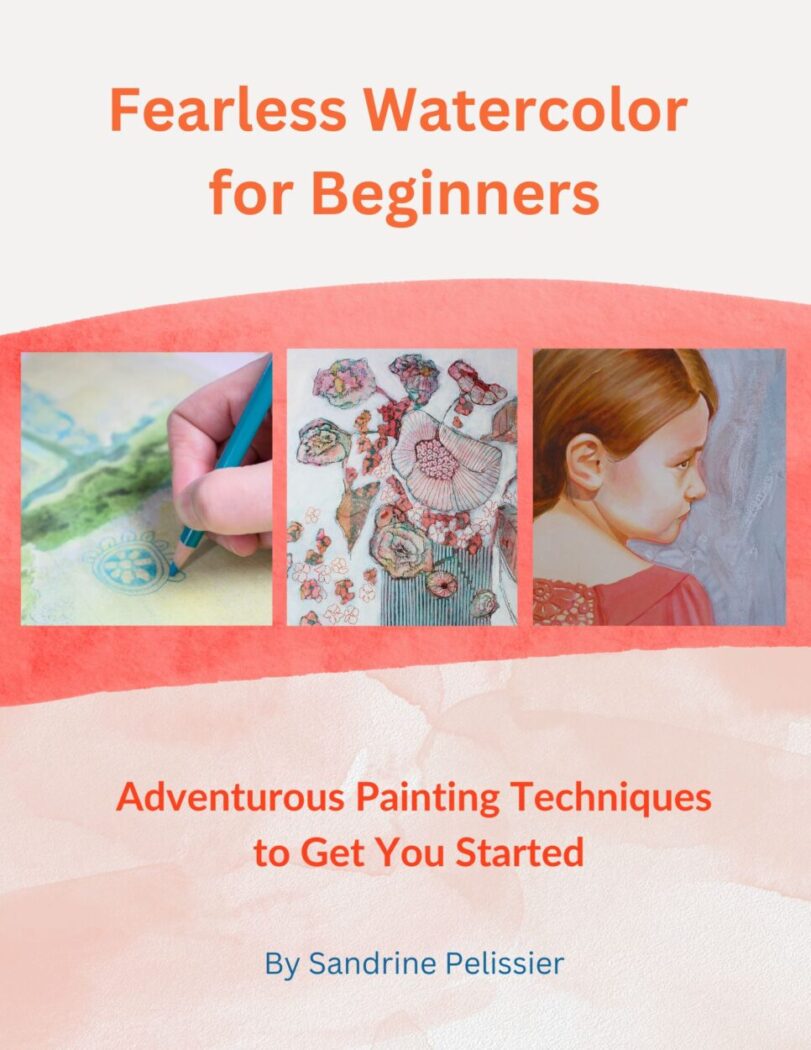

Comments (6)
Older Woman Illustration: Artistic Depictions of Ageless Grace
[…] Diverse and positive media images of aging are key. They shape how society views older adults12. Older lady design and mature female sketch are important. They help show aging in a positive and inclusive light13. […]
Susana
I think that female and male beauty are not supposed to be created to “like” to male or female viewers (as you mention in the Ingres and Modigliani’s paintings) I can not imagine one of these artists (or Botticelli or even Rembrandt between other masters) painting a nude woman as a desire object for men to enjoy. I believe that the so called “feminist movement” is mixing things out badly and hope that they will not impulse further this way of seeing things in art. Beauty has always been beauty, as Botero shows in his art.
Sandrine
I agree with you that beauty is beauty and I can also appreciate a beautiful woman body in a work of art. Most of my figurative works are of women by the way. This is not my point.
What I am saying is that women are represented following certain stereotypes in most figurative art: as being passive, as being a saint or a sinner… and almost always the nude women are young and conform to the idea of desirability of their time. I don’t see many paintings of older women, or diversity in body shape for example. Yes Botero is a very good counter example but he is more the exception than the rule.
Susana
It is true that there are not many old, ugly or shapeless women in paintings, excluding some works of Toulouse-Lautrec, Goya, Rembrandt and even Velazquez when he painted monarchy . But in the same tune, there are not many paintings of decadent or ugly flowers. Most painters represent beauty because they feel it, but, as you say, “conform the idea of desirability of their time”. New artists should represent, perhaps, the new age we are living in and the new concept of beauty that this new age needs. The viewer can choose which one he/she prefers.
Sandrine
I see your point but I can see where we disagree when you make a parallel between mature, diverse or older women and decadent or ugly flowers.
I think as artists we can include more diversity into the concept of what beauty is .
And yes the viewer will definitely be the one to choose in the end but if there are more options, we can open minds to more than one unique model of beauty.
Susana
Of course, as an artist you can include more diversity into the concept of beauty. I hope you do and show it here. Have a good evening!